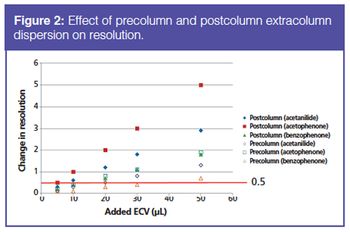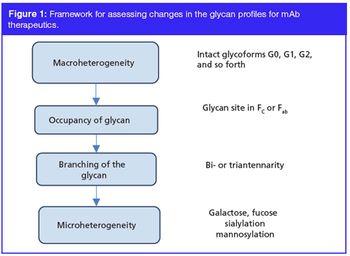
LCGC Europe
The use of antibodies in “bottom-up” LC–MS workflows to determine low abundant biological active proteins in complex human samples has increased in recent years: immuno-capture analysis combines the workflow of conventional immunological assays with LC–MS analysis. This paper describes typical challenges, such as cross reactivity and the mass spectrometer’s dynamic range, as well as the advantages of isoform differentiation and multiplexing. Additionally, some experimental formats of immuno-capture bottom-up LC–MS analysis of biological active proteins in complex human samples will be discussed.






